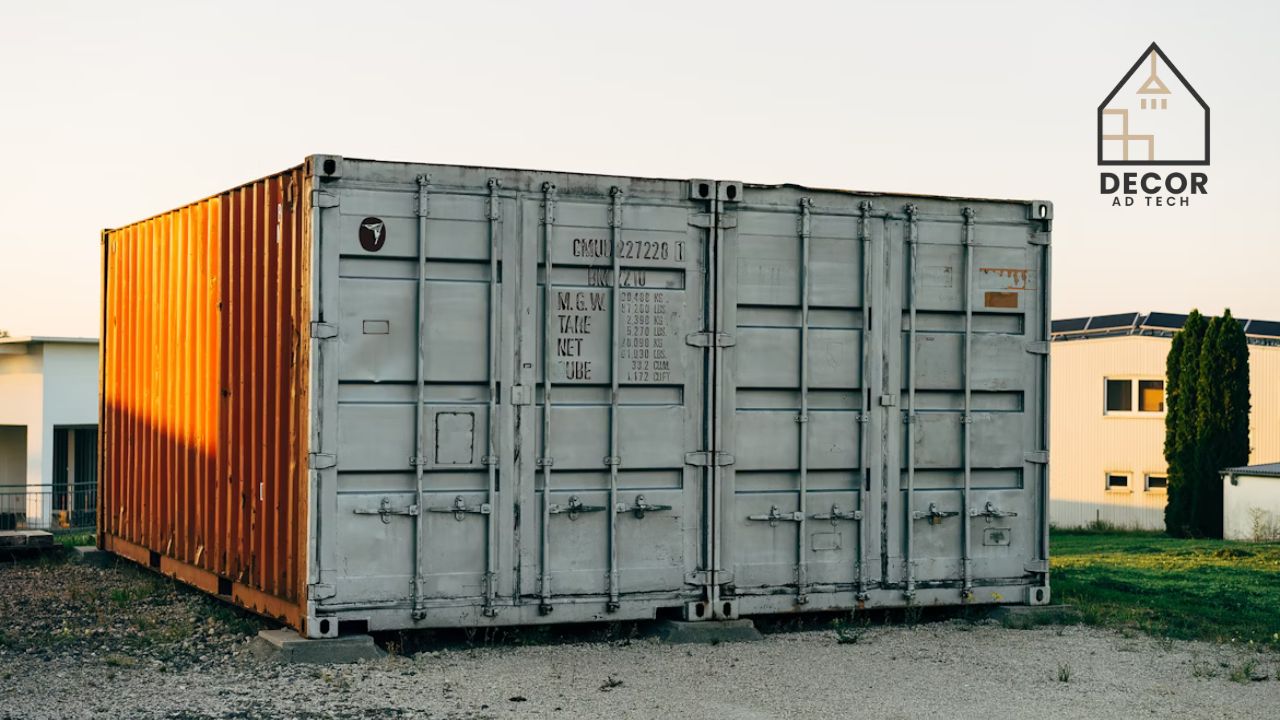Tiny homes have captured the imagination of homeowners, DIY enthusiasts, and sustainability advocates alike. Among the most popular options for building them are cargo containers. These steel giants are strong, weather-resistant, and readily available, making them ideal starting points for compact living spaces. But while cargo containers are practical and durable, they are also extremely heavy. Moving, stacking, and modifying them requires more than just elbow grease; it requires heavy lifting equipment and rigging gear.
From the initial placement of a container to the final touches on a rooftop deck, lifting equipment is the unseen backbone of safe and efficient container home construction.
The Challenge of Working with Cargo Containers
On average, a standard 20-foot shipping container weighs about 5,000 pounds, while a 40-foot container can weigh over 8,000 pounds when empty. Once equipped with insulation, windows, and furniture, the weight naturally increases.
Beyond just weight, containers also pose other challenges:
- Size and balance: Containers are large, tall, and difficult to handle.
- Height considerations: Many projects involve stacking containers, requiring lifts to several stories high.
- Precision placement: Containers must be accurately aligned to ensure structural integrity and proper sealing.
Without heavy lifting equipment, even the most skilled builders would have difficulty handling these massive structures.
The Role of Heavy Lifting Equipment
1. Cranes
Cranes are crucial for moving cargo containers onto foundations, stacking them, or repositioning them during construction. With their high lifting capacities, cranes can easily handle the weight of containers and place them accurately where needed.
2. Forklifts and Telehandlers
For shorter moves around a jobsite, forklifts and telehandlers are practical options. They can maneuver containers into staging areas or help lift smaller components like roofing panels or steel reinforcements.
3. Rigging Slings and Hooks
Slings and hooks connect lifting equipment to containers. They help distribute weight evenly, lessen stress on the container’s structure, and keep loads stable during lifting.
4. Spreader Bars
When containers are lifted, spreader bars ensure the weight is evenly distributed across all four corners. This prevents twisting or bending that could damage the steel structure.
5. Chain Hoists
For the accurate placement of smaller but heavy components like staircases, doors, or prefabricated interior sections, chain hoists enable controlled, steady lifting.
Safety First in Container Home Projects
Handling cargo containers demands careful safety measures. Their large size and weight make them dangerous to handle without proper equipment. Heavy lifting gear helps reduce risks by:
- Preventing injuries: Workers are not required to manually lift or balance heavy loads.
- Stabilizing loads: Rigging keeps containers secure during lifting or stacking.
- Protecting property: Using proper equipment reduces the risk of damage to containers and surrounding structures when moved.
- Enhancing site safety: Controlled lifts lower the risk of accidents due to slipping or tipping.
Efficiency and Precision
Aside from safety, heavy lifting equipment greatly increases efficiency in container home projects.
- Faster timelines: A crane can place a container in minutes, unlike hours of struggling without the proper tools.
- Precise placement: Using spreader bars and rigging slings, containers can be positioned with millimeter accuracy.
- Reduced manpower: A smaller team equipped properly can handle complex lifts instead of larger crews.
For homeowners and builders, this ensures projects remain within budget and on schedule.
Real-World Applications
- Single-container homes: Even small projects need lifting containers onto foundations or piers.
- Multi-Container Builds: Stacking containers for larger designs requires cranes, spreader bars, and proper rigging setups.
- Custom features: Installing rooftop decks, solar panels, or prefabricated interior modules often requires hoists and slings.
Every phase of a container-to-home transformation benefits from heavy lifting equipment support.
Final Thoughts
Cargo containers can provide a durable and eco-friendly way to live in tiny homes, but they don’t move by themselves. From the first lift off the truck bed to placing a rooftop addition, heavy lifting equipment makes these projects possible.
Using cranes, forklifts, rigging slings, spreader bars, and hoists, builders can safely and efficiently convert containers into livable, stylish, and durable tiny homes. For anyone dreaming of downsizing to a cargo container home, remember—the hidden strength of lifting equipment is what truly makes the dream come true.
Admin Recommendation
How to Upgrade My Home Decoradtech
Decoradtech Smart Home Ideas by DecoratorAdvice
DecorAdTech Smart Home Ideas by DecoratorAdvice











